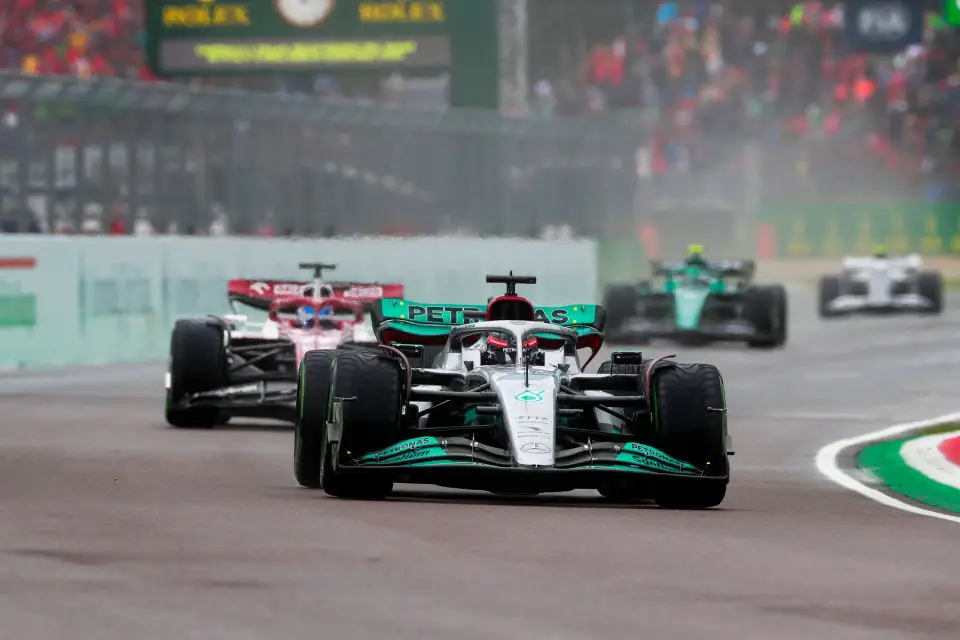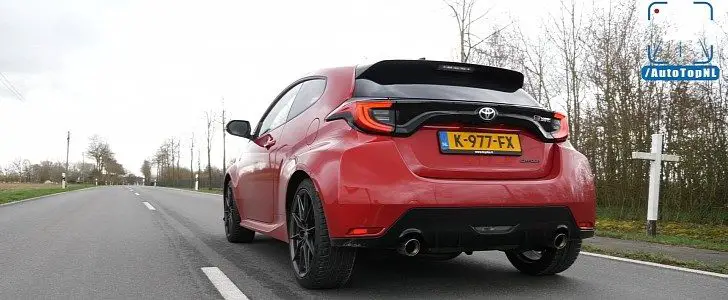Audi and Porsche Set to Revolutionize F1 Grid in 2026: Volkswagen Group’s Strategic Entry into Formula 1
Volkswagen Group CEO Herbert Diess has officially announced that Audi and Porsche will join the Formula 1 grid in 2026, marking a significant shift in the motorsport landscape. This decision, following extensive speculation, aligns with the new engine regulations and VW Group’s strategic vision for global sports impact.
Key Takeaways:
- Strategic Move for VW Group: The confirmation of Audi and Porsche entering F1 in 2026 comes after months of speculation, as stated by Herbert Diess in a VW Group’s YouTube livestream. This strategic decision was influenced by F1’s growing global popularity, particularly in America, and the potential to showcase VW products to a vast audience. However, the board’s decision wasn’t unanimous, reflecting VW’s diverse strategic priorities, including technological advancements in autonomous driving and battery development for their vehicles.
- Implications of New Engine Regulations: The new engine regulations in F1, set to commence in 2026, present an opportune moment for Audi and Porsche to enter the competition. Diess emphasized the importance of this timing, as it allows for a level playing field in terms of technology and development, crucial for the new entrants to compete effectively. Joining under the current regulations would have required a 5-10 year period for Audi and Porsche to catch up with existing teams’ performance levels.
- Potential Partnerships and Acquisitions: While the exact nature of Audi and Porsche’s entry into F1 is still unclear, rumors suggest that Audi may be considering purchasing McLaren, and Porsche might partner with Red Bull for engine supply. These potential partnerships could significantly impact the dynamics and competitiveness of the sport.

The decision by Volkswagen Group to introduce Audi and Porsche into the Formula 1 arena is not just a mere expansion of their brand presence in motorsports; it is a calculated move aligning with the changing face of global sports and automotive technology. Herbert Diess’s confirmation puts an end to the swirling rumors, giving a clear direction to the speculation that has intrigued F1 fans and analysts alike.
F1’s increasing popularity, particularly highlighted by the success of events like the Miami Grand Prix and the widespread influence of Netflix’s “Drive to Survive,” has evidently played a pivotal role in VW Group’s decision. The sport’s global reach and its ability to draw in a diverse, engaged audience offer a lucrative platform for VW to promote its brands, especially in burgeoning markets.
However, it’s crucial to note the complexity and deliberation behind this decision. Diess’s statement reveals a measured approach, balancing the allure of F1’s global stage with VW Group’s broader strategic objectives. The emphasis on technology, autonomous driving, software capabilities, and battery development for cars underscores the multifaceted interests and challenges the company faces.
Looking ahead, the potential partnerships or acquisitions by Audi and Porsche could dramatically alter the competitive landscape of Formula 1. The rumored acquisition of McLaren by Audi and the possible engine supply partnership between Porsche and Red Bull are particularly intriguing. These moves could not only bring new vigor to the respective teams but also elevate the technological and competitive standards of the sport as a whole.
In conclusion, the entry of Audi and Porsche into Formula 1 in 2026 under the new engine regulations is a landmark decision in the world of motorsports. It reflects a strategic alignment of VW Group’s global vision, the evolving landscape of F1, and the opportunities presented by the sport’s growing popularity. This development is indeed a significant win for Formula 1, promising a future of heightened competition, technological advancement, and global sporting appeal. Only time will reveal the full impact of this decision on the world of Formula 1.


